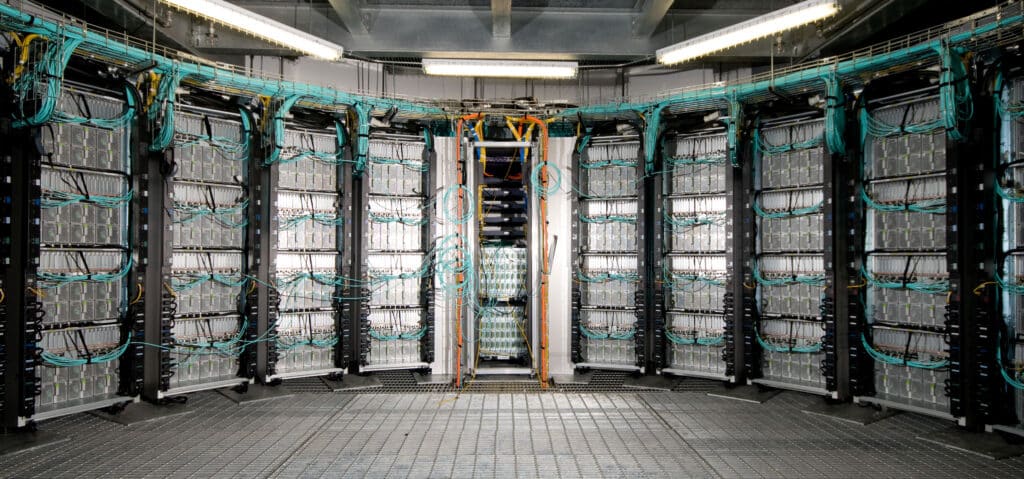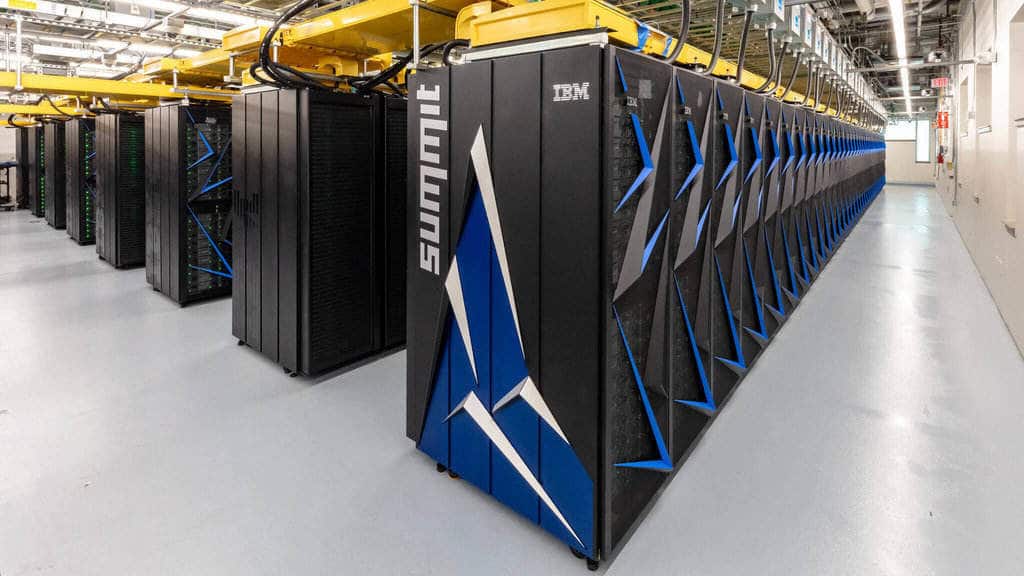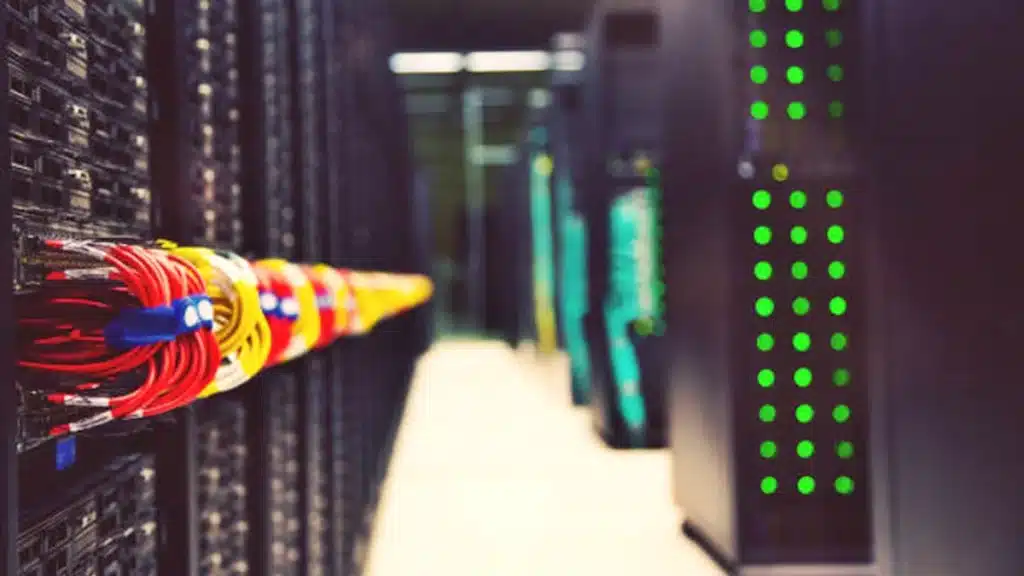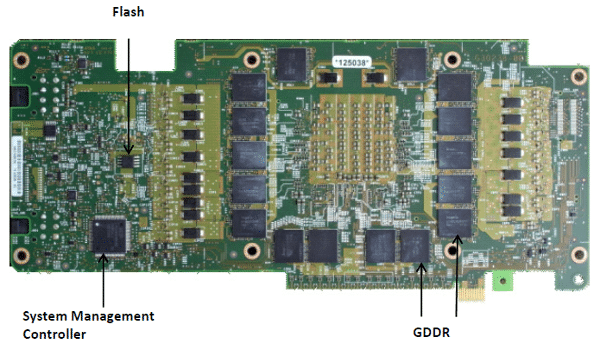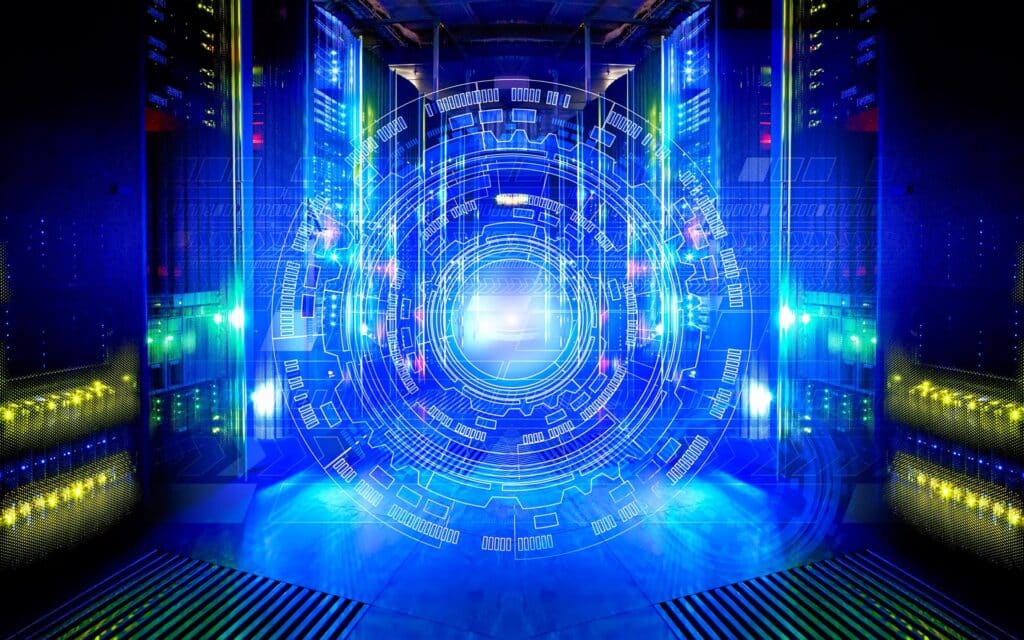Supercomputers are some of the most powerful computing machines in the world, capable of performing complex calculations and simulations at incredible speeds. These machines are used in a variety of fields, from scientific research to national defense, and are essential for solving some of the world’s most pressing problems. In this article, we will explore the computing power of supercomputers and how they work.
Contents
The Basics
Supercomputers are high-performance computing machines designed for speed and efficiency. These machines are made up of thousands or even millions of processors that work together to perform calculations and simulations. Unlike personal computers, which typically have a single processor, supercomputers use parallel processing, allowing multiple processors to work simultaneously on different tasks.
One of the defining features of supercomputers is their speed and performance. These machines are capable of performing billions of calculations per second, making them ideal for complex simulations and data analysis. For example, a supercomputer can analyze vast amounts of climate data to predict weather patterns or simulate the behavior of a new drug to test its effectiveness.
Supercomputers have a wide range of applications in various fields. In scientific research, supercomputers are used to analyze data from experiments, simulate the behavior of molecules and materials, and model the behavior of the universe.
In finance, supercomputers are used to analyze financial data and predict market trends. In national defense, supercomputers are used to simulate weapons systems and develop strategies for military operations.
Designing and Building Supercomputers
Designing and building a supercomputer is a complex process that requires specialized knowledge and expertise. Supercomputers are typically designed to meet specific needs, such as performing climate simulations or analyzing genetic data. Building a supercomputer involves selecting the right processors, memory, and storage, as well as designing a network that can handle the massive amounts of data that supercomputers generate.
Some of the most powerful supercomputers in the world are housed in research institutions and government agencies. For example, the Summit supercomputer, located at the Oak Ridge National Laboratory in Tennessee, is currently the world’s most powerful supercomputer, capable of performing 200 quadrillion calculations per second. The Fugaku supercomputer, located in Japan, is another powerful supercomputer currently being used to simulate the spread of COVID-19 and develop treatments for the virus.
The Future of Supercomputers
As technology continues to evolve, so too will the capabilities of supercomputers. Researchers are constantly developing new processors and memory technologies that can improve the speed and efficiency of supercomputers. In addition, advancements in artificial intelligence and machine learning are allowing supercomputers to perform more complex tasks and analyze data in new and innovative ways.
Supercomputers are some of the most powerful computing machines in the world, capable of performing complex calculations and simulations at incredible speeds. These machines are used in a variety of fields, from scientific research to national defense, and are essential for solving some of the world’s most pressing problems.
As technology continues to evolve, so too will the capabilities of supercomputers, allowing us to tackle even more complex challenges and unlock new possibilities for the future.

